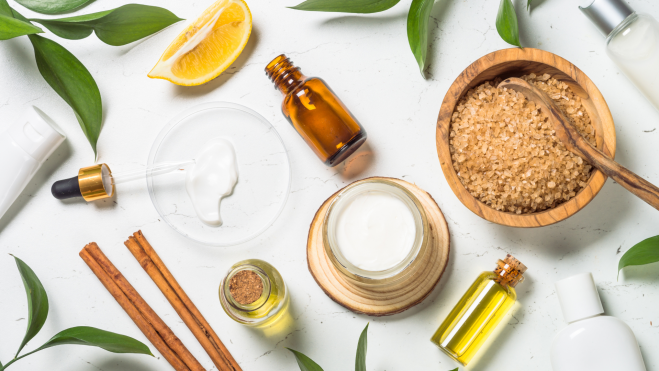The global market for cosmetic ingredients will grow in the future. This is predicted by the latest study by Alied Market Research. In 2021 alone, according to the market research agency's data, the market for recycled cosmetic ingredients was worth $230 million. By 2031, this figure is expected to exceed $433 million, growing at an annual rate of 6.6%.
As the report points out, the cosmetics industry is making significant progress in the creation of environmentally friendly and non-toxic sustainable products. More and more companies are deciding to go one step further and adapt their production processes and ingredient lists to the environment. Alied Market Research estimates that the natural and organic cosmetics market will grow to $54.5 billion by 2027 and therefore the demand for natural and organic recycled cosmetic ingredients will increase accordingly.
According to AMR's analysis, the rate of adoption of recycled ingredients may increase as the cosmetics industry develops products for a circular economy and this leads to a shift in regional supply chains for raw materials. One of the preferences of consumers of personal care products is that these products should be natural and organic, resulting in a need for the inclusion of raw materials that follow this requirement in their formulas. This preference is directly proportional to consumer demand for products that are also caring and environmentally friendly and has created an opportunity and a niche market in cosmetic ingredients.
The presence of these upcycled ingredients is mainly found in the formulation of skin care products: cleansers, serums, scrubs, body oils and other products to nourish the skin and at the same time repair damaged skin through exfoliation and moisturising. Secondly, hair care is also experiencing a remarkable growth of these sustainable ingredients. Shampoos, conditioners and hair oils and serums are also experiencing growth in their list of recycled ingredients. In colour cosmetics, an increase is also reported especially in products such as eye shadows, concealers, bronzers, blushers or foundations.
North America continues to be the region most committed to upcycled ingredients and is expected to remain so until 2031. In the United States, several manufacturers have become international suppliers.
In this way, the cosmetics industry is seeking to take up the challenge of being part of reducing the carbon footprint and also the energy expenditure of the formulation process.
